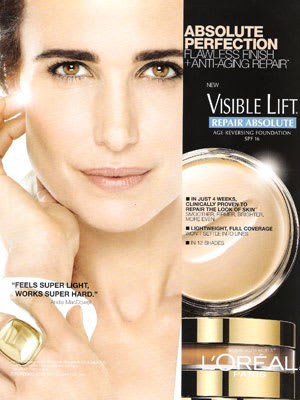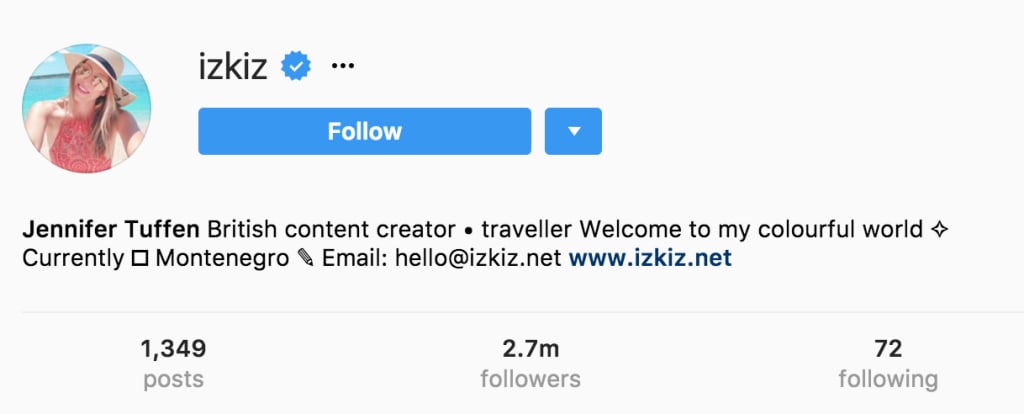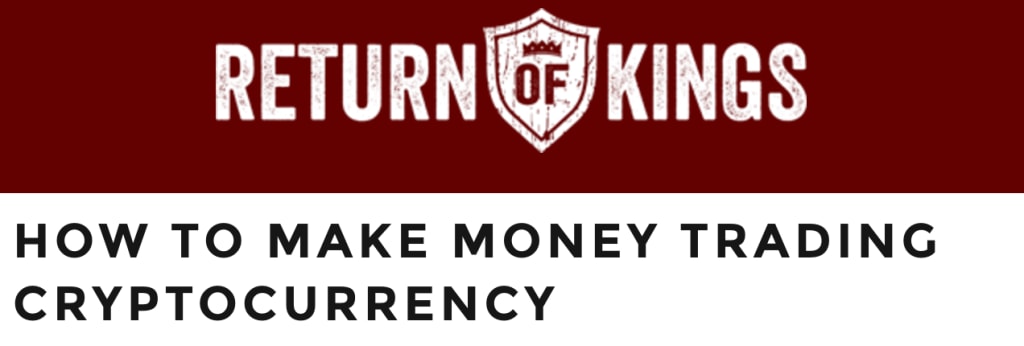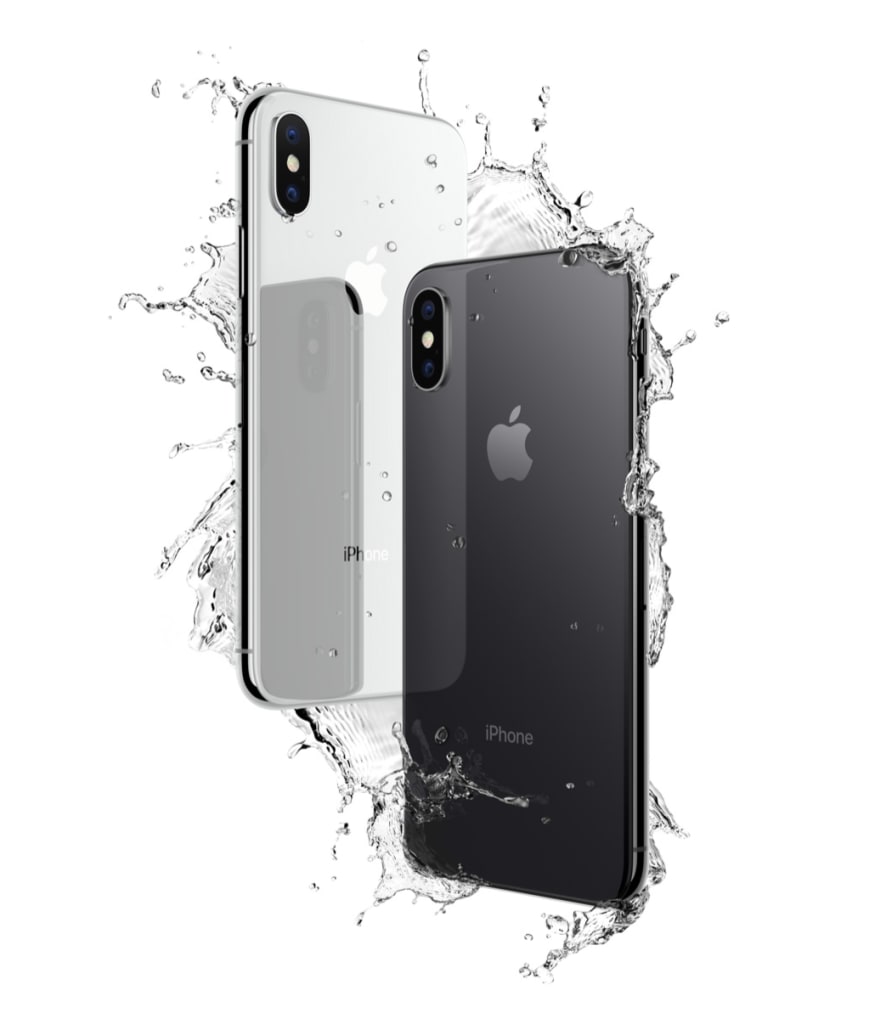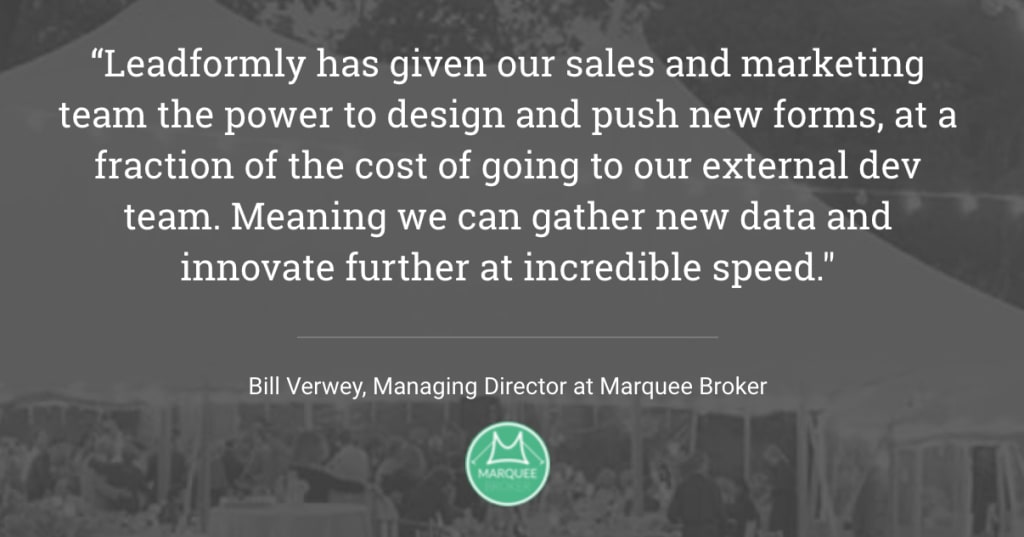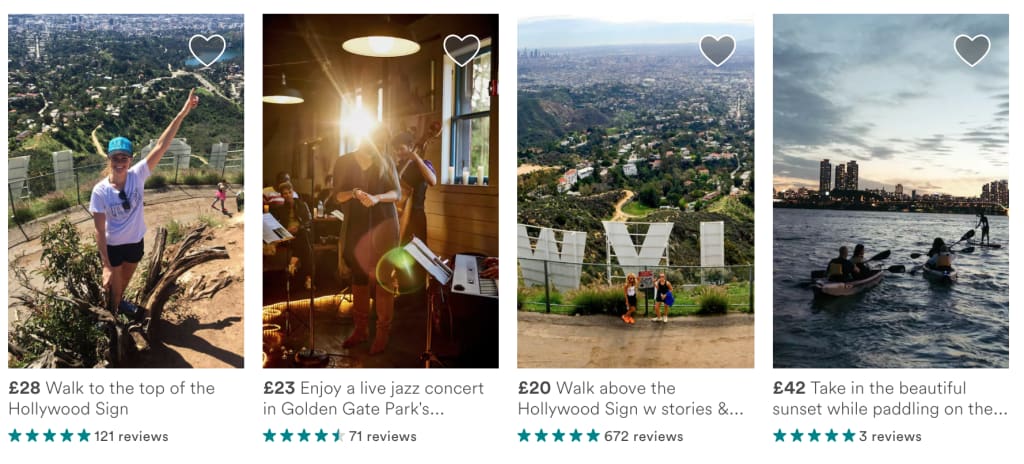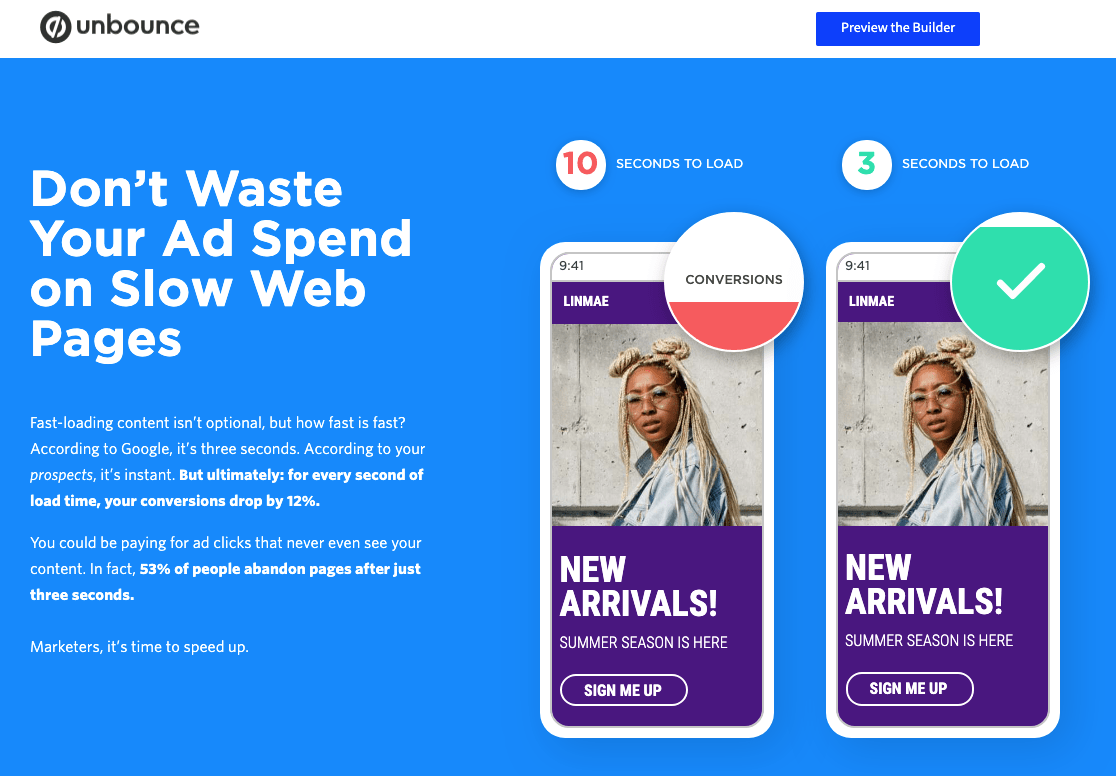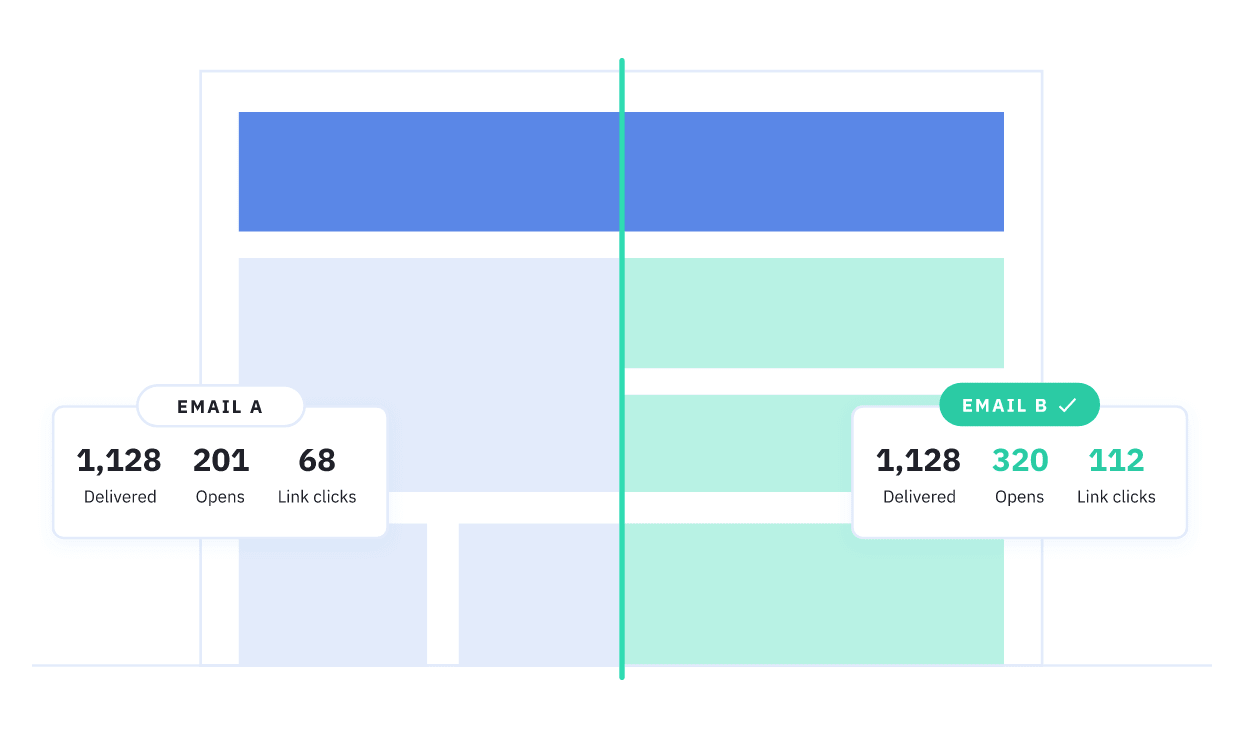Consumers like to think they buy thing through free will. In reality, the vast majority of our buying decisions are influenced by people and things around us. The bandwagon effect is a phenomenon where people subconsciously (or even consciously) mimic the buying choices of other people.
This is one of the many psychological attributes marketers use to influence consumer behaviour – and you can do the same. Here are seven ways to use the bandwagon effect to boost your conversion rates.
#1: Show people using your product/service
The easiest way to trigger the bandwagon effect in potential customers is to literally show them people using your products. From the images on your website to the promotion videos you share on social media, show people enjoying the best of what your brand has to offer.
You could simply use regular models in your content but the big brands can’t resist a good celebrity in their marketing campaigns. While a more modern approach in the digital age is influencer marketing, which may or may not involve celebrities.
Jennifer Tuffen has turned travel into a lifestyle with brands keen to tap into her audience of 2.7 million people who dream of following in her footsteps.
Essentially, you get your product used by an online influencer with a crowd of followers (typically on Instagram) and bask in the mass exposure, knowing your followers will jump on the bandwagon to be like your influencer.
#2: Create your own gold rush
This one works particularly well for B2B and service-orientated brands. Position yourself as an opportunity for people to get their slice of a newly lucrative pie. The perfect example right now is cryptocurrency: literally a digital gold rush for the 21st century.
Now we have investors and cryptocurrency “experts” promising to let us all get in on the action.
An article from Return of Kings apparently revealing how to make money trading cryptocurrency.
Not all gold rushes fit the metaphor so blatantly, though. We’ve seen social media gold rushes in the marketing industry, PPI gold rushes in the legal sector and various property gold rushes over the last century.
#3: Jump on the bandwagon yourself
The new iPhone X sports a dual camera – not because they’re better; because people love a good bandwagon.
We see this one from tech brands all the time. Dual cameras on phones perform worse than single cameras, yet people demand the feature now. 4K TVs are essentially a waste of money because the majority of broadcasts and hardware don’t support resolutions four times bigger than Full HD. Yet people can’t resist buying a TV with those expensive 4K (or even 8K!) stickers.
Sometimes the best way to get people on the bandwagon is to jump on it yourself first.
#4: Use fear to usher people onto the bandwagon
This is a classic tactic used by insurance companies, moneylenders and all kinds of financial firms. Chances are you’ll never be burgled, your house won’t burn down, you’ll get through every holiday without injury and you’ll never be sued. Yet fear makes us pay up for all kinds of insurance policies we’ll probably never need.
Few things burn a hole in our wallets like those terrifying what if? questions.
Even the fear of being a burden on our loved ones has us paying up for funeral plans when we could just as easily put our own money aside to pay for the costs after death.
#5: Use calendar events to your advantage
Black Friday: An event where retailers manage to convince consumers they’re getting a good deal by offering them old stock they can’t sell at discount prices.
Ever wonder why barbeque food sales rocket during the summer (when we actually have one)? Probably not, because you were too busy queuing up in the supermarket and fighting over the last packet of sesame seed buns like everyone else who couldn’t think of a more creative way to spend August Bank Holiday Weekend.
Bandwagon alert!
The same thing goes for that itch to buy new clothes when the fashion seasons switch. Or why people spent more than they’ve got in the buildup to Christmas. It’s the same reason we all by roses and chocolates on Valentine’s Day instead of actually putting some thought into something original for our loved ones.
#6: Showcase your happy customers
This is probably the most obvious (and common) bandwagon effect technique in marketing today. This is where your customer reviews, testimonials, case studies, social shares and every other example of a happy customer will help you boost those conversion rates.That’s probably
bandwagon effect tells users that what made your previous customers happy should make them equally as chuffed with your brand.
#7: Position yourself as an anti-bandwagon brand
Airbnb: Book “unique” travel experiences by doing the same things as everyone else.
This last one is perhaps my favourite use of the bandwagon effect. Not only does it bring out the sheep in consumers, it combines some classic reverse psychology to capture people who hate the idea of jumping on any kind of bandwagon.
In the days of social media turning us into narcissistic maniacs, we like to think we’re unique. Special, even. We have people like hipsters who pride themselves on being different when they do exactly the same thing as every other hipster. These are the bandwagon haters who queue up more eagerly than anyone jump on a bandwagon – as long as it’s made out of recycled material.
Build your own bandwagons
No matter how unique consumers like to think they are, we all fall for the bandwagon effect – more often than we’d probably like to admit. Each example in this article is widely used by brands across a range of industries and it’s one of the most influential marketing strategies still used today.
So get out there and build your own bandwagons!

